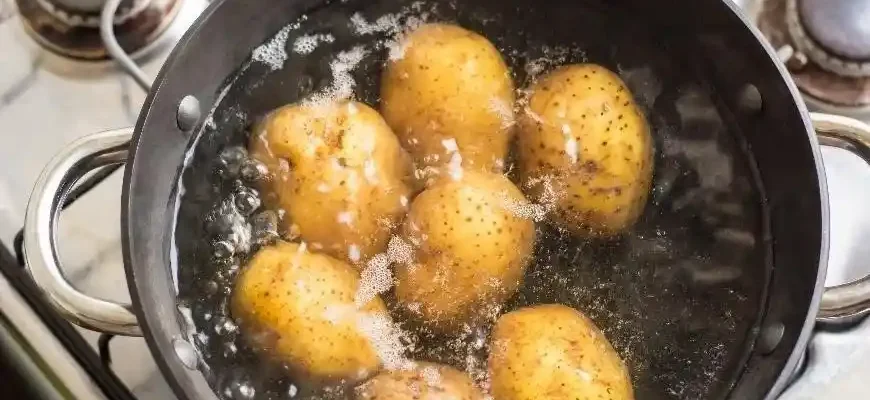Sweet potatoes are one of the most nutritious and versatile vegetables you can add to your diet. Whether you’re looking to improve your health, eat more plant-based foods, or simply find a delicious and satisfying alternative to regular potatoes, sweet potatoes have you covered. They’re rich in vitamins, minerals, and fiber and can be cooked in a variety of ways, each bringing out different flavors and textures.
In this guide, I’ll walk you through everything you need to know about cooking sweet potatoes—without skipping over any important details. I’ll also touch on some potential drawbacks, explain how to address them, and offer practical tips to get the best results in your kitchen. Let’s dig in!
The Basics of Sweet Potatoes
Before we start cooking, it’s important to understand a little about sweet potatoes themselves. There’s a lot of confusion out there between sweet potatoes and yams, so let’s clear that up. Technically, sweet potatoes are from the Convolvulaceae family, while yams belong to the Dioscoreaceae family. But in the U.S., the terms are often used interchangeably. Sweet potatoes can vary in color—from pale yellow to deep orange or even purple—and they all have a mildly sweet flavor when cooked. The deep orange varieties are particularly high in beta-carotene, which your body converts into vitamin A.
Now that we’ve got the basics down, let’s dive into cooking methods.
How to Cook Sweet Potatoes
1. Baking Sweet Potatoes
Baking is one of the simplest and most popular methods for cooking sweet potatoes. It’s a no-fuss option that allows the sweet potato’s natural sweetness to shine.
Steps:
- Preheat your oven to 400°F (200°C).
- Scrub the sweet potatoes thoroughly under cold water to remove any dirt.
- Poke a few holes in each sweet potato with a fork (this helps steam escape and prevents bursting).
- Place the potatoes directly on the oven rack or on a baking sheet lined with parchment paper.
- Bake for 45 minutes to 1 hour, depending on the size of the potatoes. Test for doneness by inserting a fork or knife. It should slide in easily.
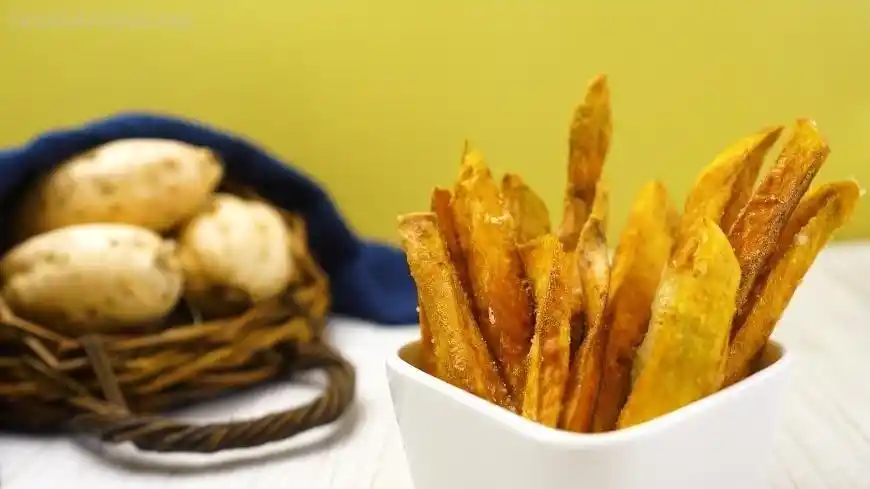
Pro Tip: If you’re short on time, you can microwave the sweet potatoes. Just prick them with a fork and microwave on high for 5-8 minutes, depending on size. But baked sweet potatoes have that lovely caramelized flavor you can’t quite replicate in the microwave.
2. Roasting Sweet Potatoes
Roasting brings out a rich, caramelized flavor that makes the sweet potatoes a bit crispy on the outside and tender on the inside. You can cut them into cubes, wedges, or even slices to change up the texture.
Steps:
- Preheat your oven to 425°F (220°C).
- Peel and cut the sweet potatoes into your desired shape (cubes, wedges, or rounds).
- Toss them with a little olive oil, salt, pepper, and any spices you like (cinnamon, paprika, garlic powder, or thyme work well).
- Spread the pieces in a single layer on a baking sheet.
- Roast for 25-35 minutes, flipping halfway through, until they are golden and crisp on the outside.
Pro Tip: For an extra crispy texture, sprinkle some cornstarch on the sweet potatoes before roasting.
3. Boiling Sweet Potatoes
Boiling is another fast and simple method, though it can result in a slightly mushier texture compared to baking or roasting. It’s perfect for making mashed sweet potatoes or adding to soups and stews.
Steps:
- Peel and chop the sweet potatoes into uniform chunks.
- Place them in a pot and cover with cold water.
- Bring the water to a boil and cook for 10-15 minutes or until the sweet potatoes are tender.
- Drain and mash, or use them in your favorite dish.
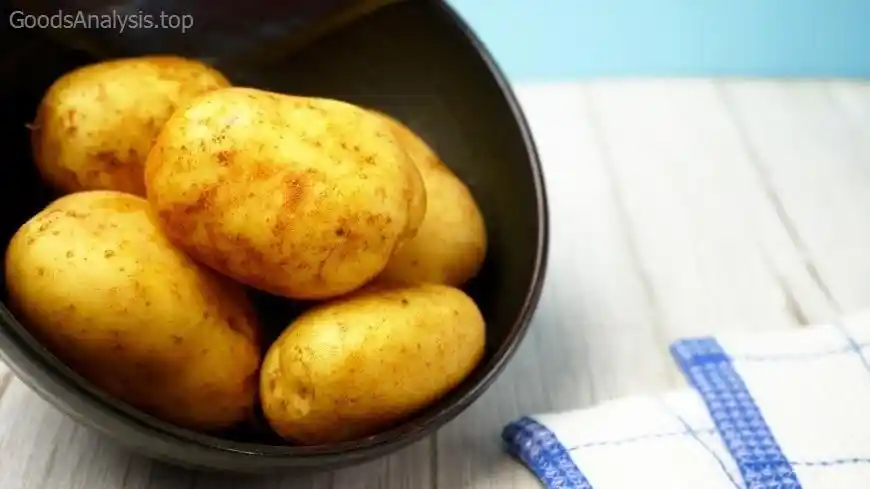
Pro Tip: Save the cooking water and use it as a base for soups or stews—it’s loaded with nutrients!
4. Grilling Sweet Potatoes
If you have a grill, grilling sweet potatoes is a great way to get that smoky flavor. You can grill whole sweet potatoes or cut them into slices or wedges.
Steps:
- Preheat your grill to medium heat (about 375°F or 190°C).
- If grilling whole, scrub the sweet potatoes and prick them with a fork.
- Grill the whole potatoes directly on the grill, turning occasionally, for about 30-40 minutes.
- If grilling slices, toss the slices in olive oil and seasonings, then grill each side for about 3-5 minutes until tender and charred.
Pro Tip: You can wrap the whole sweet potatoes in foil to help them cook faster and keep them moist.
5. Frying Sweet Potatoes
If you’re craving something crispy, you can fry sweet potato slices or fries. While frying adds calories and fat, it’s delicious and can be done in moderation as part of a balanced diet.
Steps:
- Heat oil (vegetable, canola, or peanut oil) in a frying pan over medium-high heat.
- Slice the sweet potatoes into thin rounds or fries.
- Fry the sweet potatoes in batches, making sure not to overcrowd the pan, for about 2-4 minutes per side, until golden and crispy.
- Remove from the oil and drain on paper towels. Season with salt while still hot.
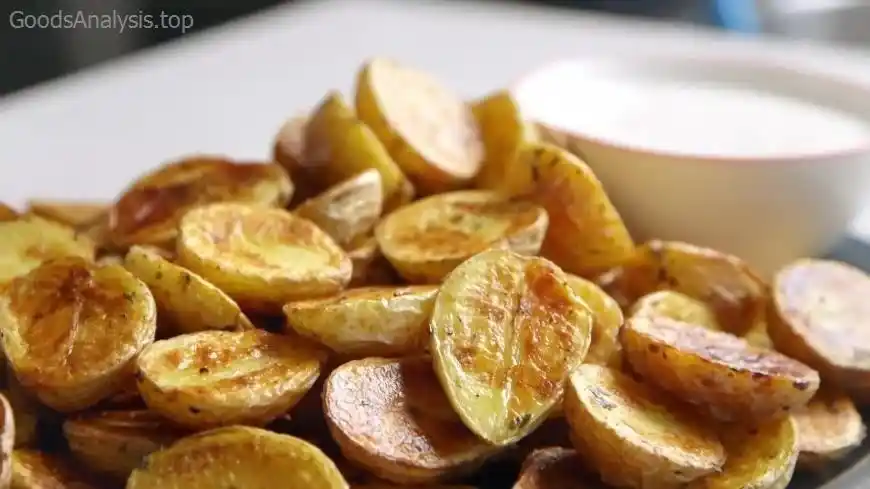
Pro Tip: For a healthier option, consider baking sweet potato fries instead. They’ll be just as crispy, with far less oil.
Nutritional Benefits of Sweet Potatoes
Sweet potatoes are nutritional powerhouses, providing a wealth of vitamins and minerals. Here are some key benefits:
- High in Beta-Carotene: A precursor to vitamin A, beta-carotene supports healthy vision, immune function, and skin health.
- Rich in Fiber: Sweet potatoes are an excellent source of dietary fiber, which helps with digestion and can aid in weight management by keeping you feeling full longer.
- Packed with Antioxidants: The deep orange color of many sweet potatoes indicates a high level of antioxidants, which help protect the body from free radical damage and reduce inflammation.
- Low Glycemic Index: While sweet potatoes are sweet, they have a relatively low glycemic index compared to regular potatoes, meaning they have a gentler impact on blood sugar levels.
- Good Source of Potassium: Potassium helps regulate fluid balance, muscle contractions, and nerve signals. A single medium sweet potato provides about 15% of your daily potassium needs.
Potential Downsides and How to Address Them
While sweet potatoes are generally very healthy, there are a few points to keep in mind:
- Caloric Content: Sweet potatoes can be a bit calorie-dense, especially if you add butter or sugar. If you’re watching your weight or blood sugar, be mindful of portion sizes and what you add to them.
- Oxalates: Like many root vegetables, sweet potatoes contain oxalates, which can contribute to kidney stone formation in susceptible individuals. If you have a history of kidney stones, it’s best to enjoy sweet potatoes in moderation.
- Digestive Issues: For some people, sweet potatoes can cause bloating or gas. If you experience digestive discomfort, try eating smaller portions or cooking them in different ways to see what works best for you.
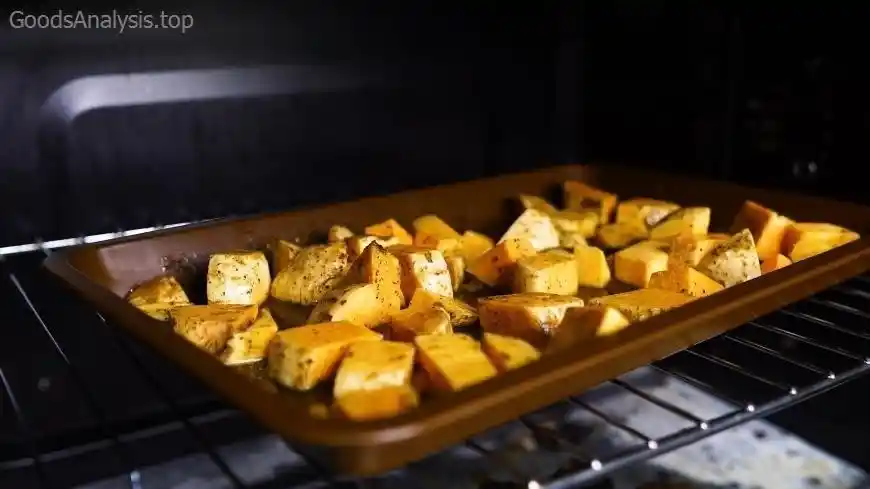
Sweet Potato Opinions from Around the World
Here’s what people from different backgrounds think about sweet potatoes:
- Anna (USA, 34, Female): “Sweet potatoes are my go-to for a healthy snack. I love to roast them with cinnamon and a drizzle of honey. They’re sweet but not overpowering.”
- Carlos (Mexico, 56, Male): “In Mexico, we use sweet potatoes in all kinds of dishes, from soups to desserts. My favorite is sweet potato tamales. The flavor really stands out.”
- Chika (Nigeria, 42, Female): “We use sweet potatoes a lot in Nigeria—boiled, fried, or baked. I love them with a bit of salt and a side of vegetables. Simple and nutritious.”
- John (UK, 62, Male): “I’ve been eating sweet potatoes for years. I prefer them baked or roasted. They go really well with fish and a side salad.”
- Yuki (Japan, 28, Female): “Sweet potatoes are a winter favorite in Japan. I enjoy them roasted, or sometimes even steamed with a little butter. It’s comforting during cold weather.”
Conclusion
Sweet potatoes are not only delicious but also offer a wide range of health benefits. They are easy to cook in numerous ways, from baking and roasting to frying and grilling. So, whether you’re looking for a nutritious side dish or a hearty main, sweet potatoes have a place in every kitchen.
If you’re new to cooking them, start simple with a baked sweet potato, and as you get more comfortable, experiment with different methods and flavors. And don’t be afraid to get creative—sweet potatoes can be savory or sweet, and the possibilities are endless!
Happy cooking, and enjoy those sweet potatoes!

